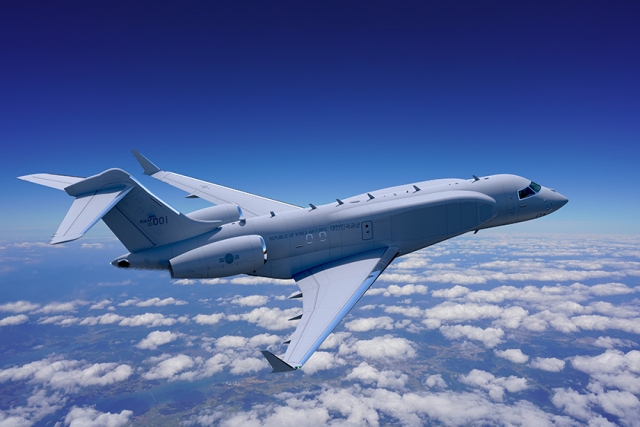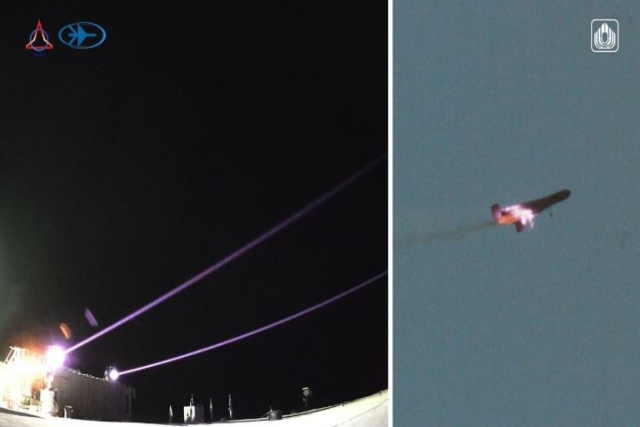Raytheon Concludes High-Speed Anti-Radiation Missile Tests
Raytheon has completed testing the more precise, accurate and lethal High-Speed Anti-Radiation Missile (HARM) which suppresses or destroys surface-to-air missile radars, early warning radars and radar-directed air defense artillery systems. The upgrade, called the HARM Control Section Modification (HCSM), is part of an ongoing U.S. Air Force-led competition between two contractors, with a down-select scheduled in 2012 for full rate production. The HCSM adds a GPS receiver and an improved inertial measurement unit (IMU) for precision navigation. HCSM also features a digital flight computer that merges targeting solutions from navigation and seeker systems. The enhancements improve the probability of hit, while controlling where the missile can and cannot fly. "HCSM improves HARM's anti-radar capability to defeat counter-HARM tactics, while reducing the risk of fratricide and collateral damage," said Harry Schulte, vice president of Air Warfare Systems for Raytheon Missile Systems. "HCSM also enables warfighters to leverage HARM's supersonic speed and standoff capability to rapidly and accurately engage time-critical targets". As part of the Air Force competition, Raytheon completed two flight tests of HCSM-modified HARMs. During an April 12, 2012, test, an F-16 aircraft fired an HCSM variant against an emitter that shut down, while a similar threat outside the designated missile impact zone threatened to lure the missile off target. The missile rejected this lure and successfully guided to its primary target. During a May 3 test, an HCSM-enhanced HARM that was fired from an F-16 used GPS coordinates to engage with high accuracy a simulated time-critical target.










